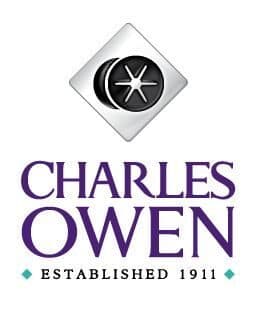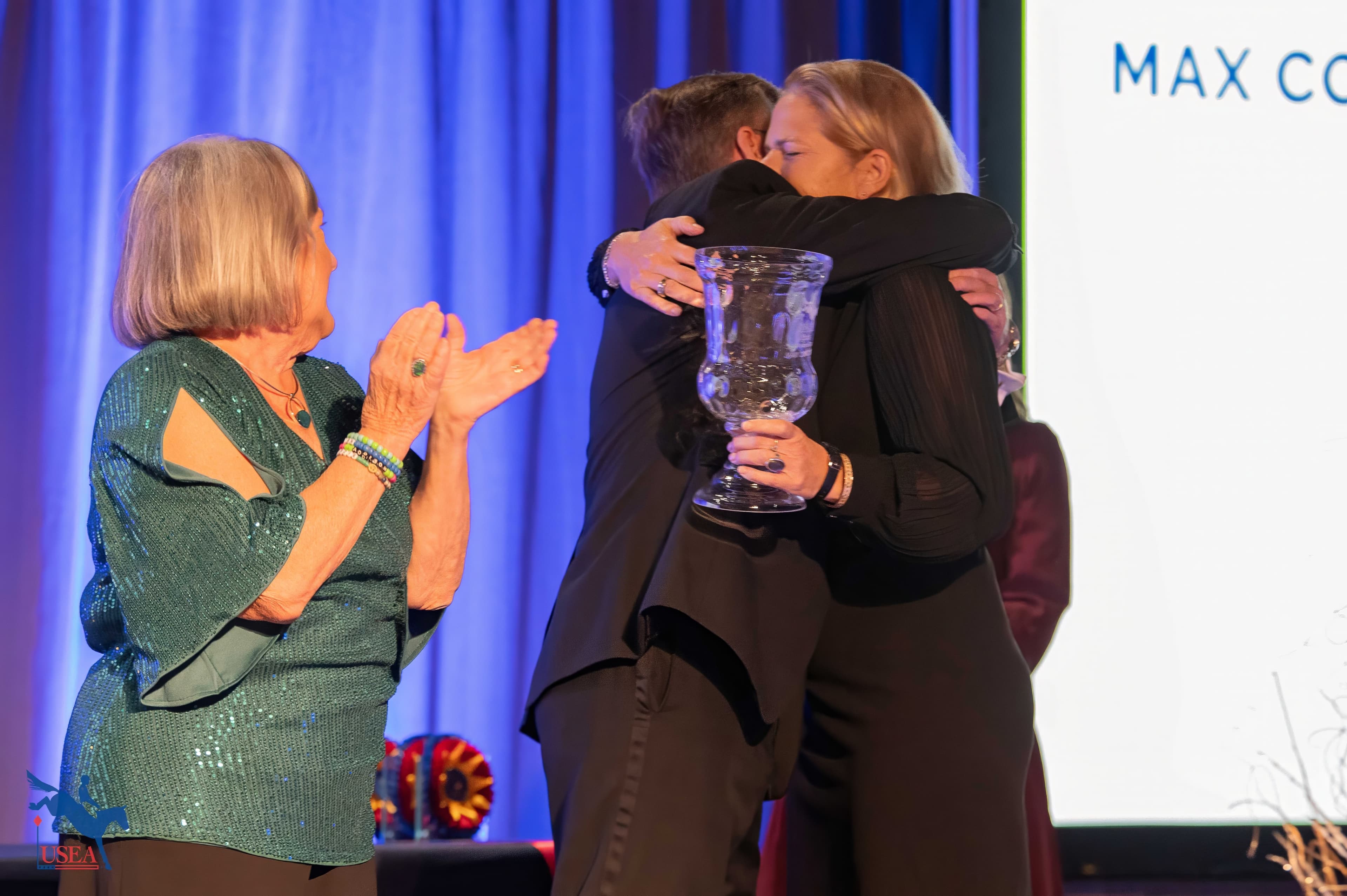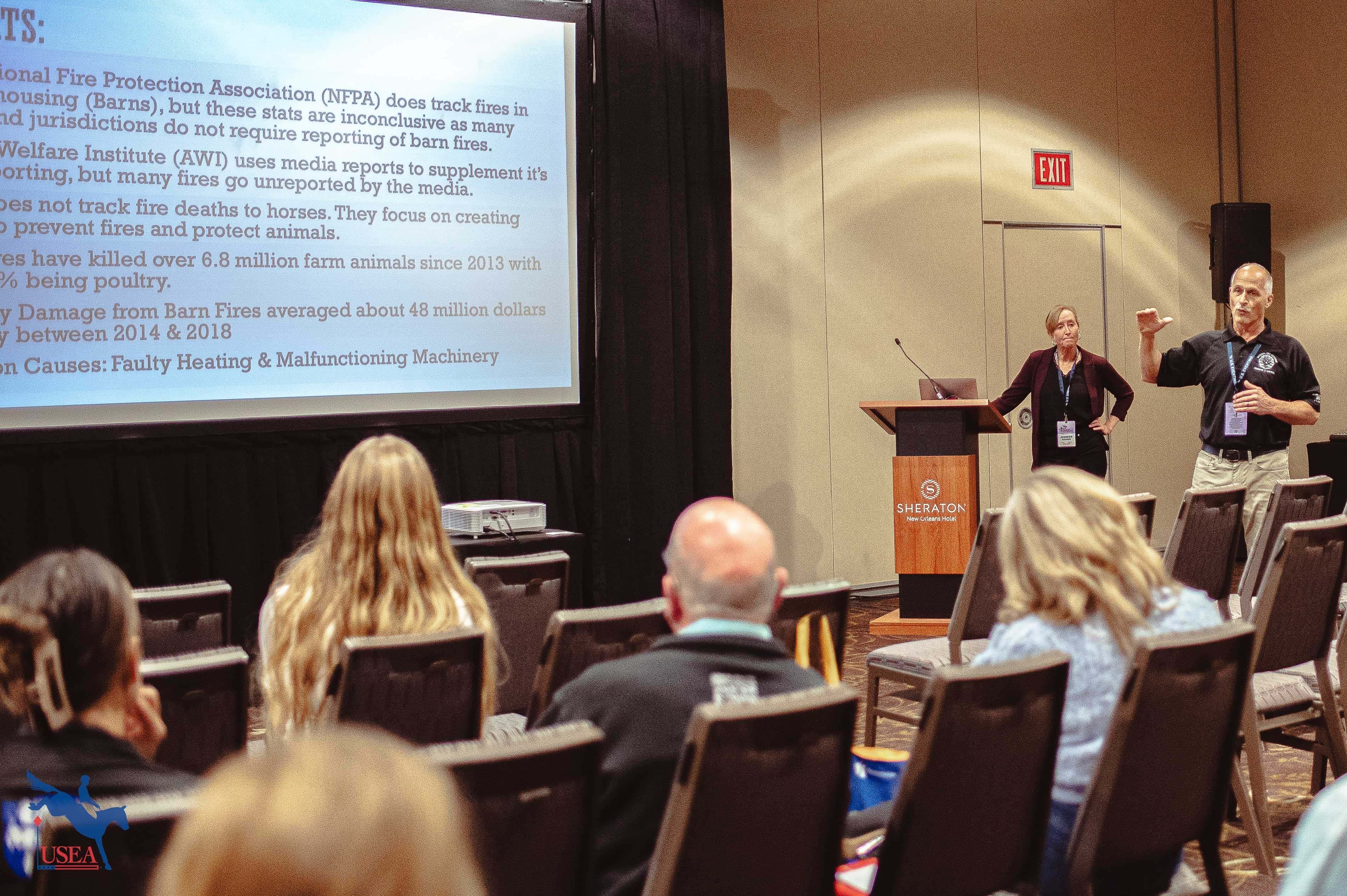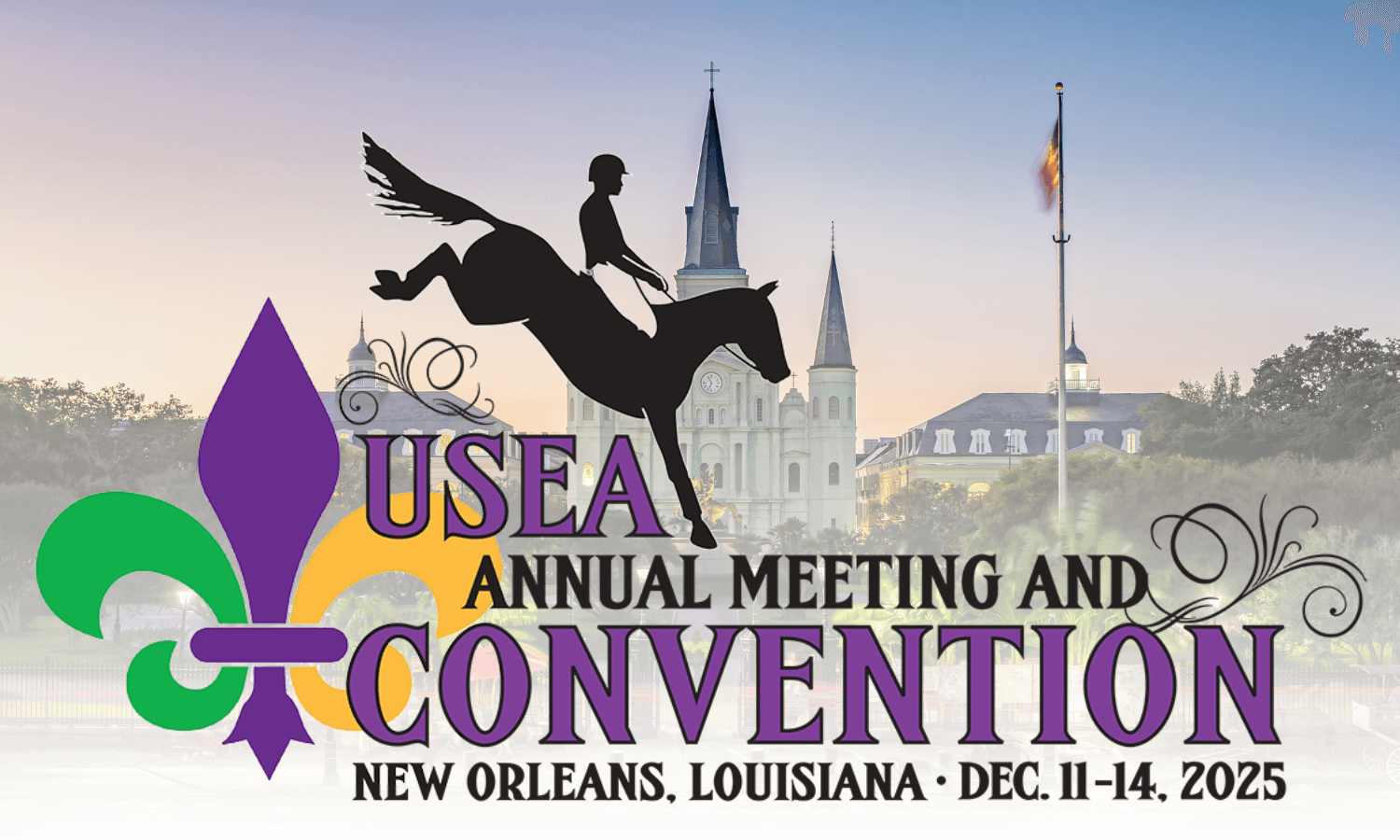Behind the Badge: Safety Standards and Testing

As a sportsman, we can test ourselves at home, but it is only when we test ourselves at local, national or even international shows or events that we can really know how good we are. It is the same with helmets; the best can be tested anywhere in the world and pass with flying colours.
Most riders know that a helmet must be ASTM/ SEI, PAS/BSI, EN/CE, or SNELL approved to be legal at recognized riding events, but what do those strings of letters really mean? Any company could design and manufacture a riding hat, but to make a certified riding helmet that is legal to wear at most competitions the helmet must pass rigorous testing and certification.
Helmet Standards are the written requirements that helmets must pass before being certified. The requirements may be the types of materials allowed, absorption of impact on different parts of the helmet when at high and low temperatures, etc. Each of the individual standards have their own criteria, putting different emphasis on the ability of the helmet to prevent either the most severe types of head injuries a rider may experience or focus on protecting the more prevalent injuries. The major international helmet standards include: ASTM F1163 (U.S), PAS015:2011 (Great Britain), BSEN1384 (Europe), and SNELL E2001 (International).
In order to ensure that a helmet meets the criteria outlined by the ASTM, PAS, EN, or SNELL, independent agencies perform the tests on the helmets set out in the standards. The four major certifications include: SEI (U.S), BSI Kitemark (Great Britain), CE mark (Europe), and SNELL (International). All of the certification agencies require the helmets to pass an initial test after the helmet design is released; however, some then require further testing to maintain certification. The SEI tests every 12 months, the BSI Kitemark checks one of every 200 helmets from a batch of 800 to 3,200, the CE mark only requires additional testing if the helmet design is modified, and SNELL performs annual random sample testing by purchasing directly from retail sources.
Since Charles Owen sells helmets for so many different disciplines, the company manufactures a range of helmets to meet the requirements required in each country. The safest standard is the one that simulates your accident. The more standards a helmet meets then the more types of falls it has proven protection. Charles Owen manufactures many helmets that meet multiple standards, and in 2012 Charles Owen launched the 4Star, the first helmet ever to meet all four major helmet standards and be certified with four safety marks. The 4Star is CE marked to BSEN1384; SEI certified to ASTM F1163; SNELL certified to SNELL E2001; and BSI Kitemarked to the newly enhanced PAS015:2011. The 4Star helmet is designed for the extreme situation. It is legal to be worn at competitions all over the world because it meets the standards required by all four major certifications.
Charles Owen uses advanced computer analysis to aid its helmet design and create the helmet that will meet the required standards even before it is manufactured. Passing the standard testing is just the start for Charles Owen though; the company continually works on innovations to develop techniques that maximize the dissipation of energy from an impact through the use of a complex combination of materials.
This is the fourth article in the series of ‘Behind the Badge.’ Did you miss the first three? Find them all on the Charles Owen website, and tune in next time for a look into the innovations of Charles Owen.














